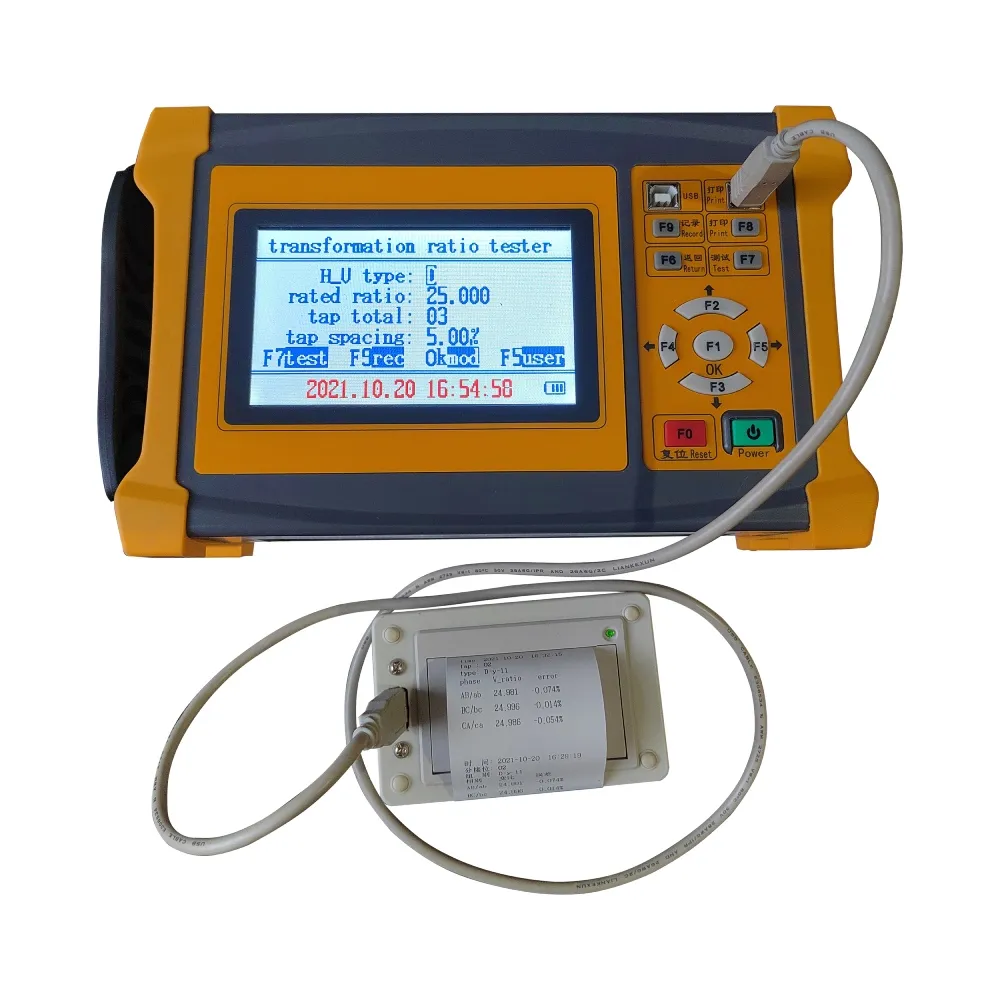 English
English



-
 Afrikaans
Afrikaans -
 Albanian
Albanian -
 Amharic
Amharic -
 Arabic
Arabic -
 Armenian
Armenian -
 Azerbaijani
Azerbaijani -
 Basque
Basque -
 Belarusian
Belarusian -
 Bengali
Bengali -
 Bosnian
Bosnian -
 Bulgarian
Bulgarian -
 Catalan
Catalan -
 Cebuano
Cebuano -
 China
China -
 China (Taiwan)
China (Taiwan) -
 Corsican
Corsican -
 Croatian
Croatian -
 Czech
Czech -
 Danish
Danish -
 Dutch
Dutch -
 English
English -
 Esperanto
Esperanto -
 Estonian
Estonian -
 Finnish
Finnish -
 French
French -
 Frisian
Frisian -
 Galician
Galician -
 Georgian
Georgian -
 German
German -
 Greek
Greek -
 Gujarati
Gujarati -
 Haitian Creole
Haitian Creole -
 hausa
hausa -
 hawaiian
hawaiian -
 Hebrew
Hebrew -
 Hindi
Hindi -
 Miao
Miao -
 Hungarian
Hungarian -
 Icelandic
Icelandic -
 igbo
igbo -
 Indonesian
Indonesian -
 irish
irish -
 Italian
Italian -
 Japanese
Japanese -
 Javanese
Javanese -
 Kannada
Kannada -
 kazakh
kazakh -
 Khmer
Khmer -
 Rwandese
Rwandese -
 Korean
Korean -
 Kurdish
Kurdish -
 Kyrgyz
Kyrgyz -
 Lao
Lao -
 Latin
Latin -
 Latvian
Latvian -
 Lithuanian
Lithuanian -
 Luxembourgish
Luxembourgish -
 Macedonian
Macedonian -
 Malgashi
Malgashi -
 Malay
Malay -
 Malayalam
Malayalam -
 Maltese
Maltese -
 Maori
Maori -
 Marathi
Marathi -
 Mongolian
Mongolian -
 Myanmar
Myanmar -
 Nepali
Nepali -
 Norwegian
Norwegian -
 Norwegian
Norwegian -
 Occitan
Occitan -
 Pashto
Pashto -
 Persian
Persian -
 Polish
Polish -
 Portuguese
Portuguese -
 Punjabi
Punjabi -
 Romanian
Romanian -
 Russian
Russian -
 Samoan
Samoan -
 Scottish Gaelic
Scottish Gaelic -
 Serbian
Serbian -
 Sesotho
Sesotho -
 Shona
Shona -
 Sindhi
Sindhi -
 Sinhala
Sinhala -
 Slovak
Slovak -
 Slovenian
Slovenian -
 Somali
Somali -
 Spanish
Spanish -
 Sundanese
Sundanese -
 Swahili
Swahili -
 Swedish
Swedish -
 Tagalog
Tagalog -
 Tajik
Tajik -
 Tamil
Tamil -
 Tatar
Tatar -
 Telugu
Telugu -
 Thai
Thai -
 Turkish
Turkish -
 Turkmen
Turkmen -
 Ukrainian
Ukrainian -
 Urdu
Urdu -
 Uighur
Uighur -
 Uzbek
Uzbek -
 Vietnamese
Vietnamese -
 Welsh
Welsh -
 Bantu
Bantu -
 Yiddish
Yiddish -
 Yoruba
Yoruba -
 Zulu
Zulu
Hipot Testing Techniques for Electrical Insulation Assessment and Safety Compliance
Understanding HIPOT Wire Testing A Comprehensive Overview
HIPOT, or High Potential testing, is a crucial procedure in the electrical safety testing realm. It involves applying a high voltage to a wire or electrical device to determine its insulation integrity and ensure safety in operation. This method is essential for manufacturers, engineers, and safety regulators to prevent electrical failures and protect end-users from potential hazards.
What is HIPOT Testing?
HIPOT testing focuses on assessing the dielectric strength of the insulation material surrounding electrical wires and components. The core purpose is to ensure that the insulation can withstand voltage levels higher than those experienced during normal operation. By subjecting the product to elevated voltage conditions, HIPOT testing can reveal weaknesses in insulation and identify potential failure points.
During a typical HIPOT test, a high voltage is applied between the conductor (live wire) and the ground or between conductors within a multi-conductor assembly. The voltage level is usually several times higher than the maximum working voltage of the equipment. There are three main types of HIPOT tests
1. Dielectric Withstand Testing This involves applying high voltage to ensure that the insulation can hold up under extreme conditions without breaking down. 2. Insulation Resistance Testing This test measures the resistance of the insulation and helps determine its effectiveness in preventing current leakage.
3. High Voltage Spot Testing Used primarily for troubleshooting, this method identifies weak points in insulation by applying voltage only at specific locations.
Importance of HIPOT Testing
The significance of HIPOT testing cannot be overstated. It serves several essential purposes
hipot wire testing

1. Safety Assurance By evaluating the insulation integrity, HIPOT testing helps prevent electrical shocks and equipment fires, ensuring the safety of users and operators.
2. Quality Control Manufacturers use HIPOT testing as a part of their quality assurance process. Ensuring products meet safety standards is crucial for maintaining brand reputation and customer trust.
3. Regulatory Compliance Many industries are governed by strict safety regulations. HIPOT testing helps organizations comply with these regulations, avoiding legal repercussions and enhancing market competitiveness.
4. Risk Mitigation Early detection of insulation failures can prevent costly downtime, damage to equipment, and liability issues. Performing HIPOT testing as part of routine maintenance helps in identifying potential issues before they escalate.
Performing HIPOT Tests
Conducting a HIPOT test requires specialized equipment, typically a HIPOT tester. The process involves connecting the tester to the product, setting the appropriate voltage level, and monitoring for any insulation breakdown or current leakage during the test duration, which can last a few seconds to several minutes based on the standards being followed.
Operators must ensure that all necessary safety precautions are observed during the testing process. This includes wearing appropriate personal protective equipment (PPE), using grounding techniques, and ensuring that the test area is clear of personnel and sensitive equipment.
Conclusion
In conclusion, HIPOT wire testing is a vital procedure that plays a significant role in ensuring electrical safety and product reliability. Whether in manufacturing or routine maintenance, understanding the principles and methodologies behind HIPOT testing is crucial for engineers and safety professionals alike. As technology evolves, so do the standards and practices surrounding electrical safety, making it essential for advancements in HIPOT testing to keep pace with industry demands. Emphasizing effective testing protocols ensures that electrical devices operate safely and efficiently, safeguarding users and reducing potential risks.
-
Testing Equipment Industry Sees Major Advancements in 2025: Smart & Precision Technologies Lead the WayNewsJun.06,2025
-
Applications of Direct Current Generators in Renewable Energy SystemsNewsJun.05,2025
-
Hipot Tester Calibration and Accuracy GuidelinesNewsJun.05,2025
-
Digital Circuit Breaker Analyzer Features and BenefitsNewsJun.05,2025
-
Benefits of Real-Time Power Quality Monitoring Devices for Industrial EfficiencyNewsJun.05,2025
-
Earth Fault Loop Testing in High-Rise Building Electrical SystemsNewsJun.05,2025



